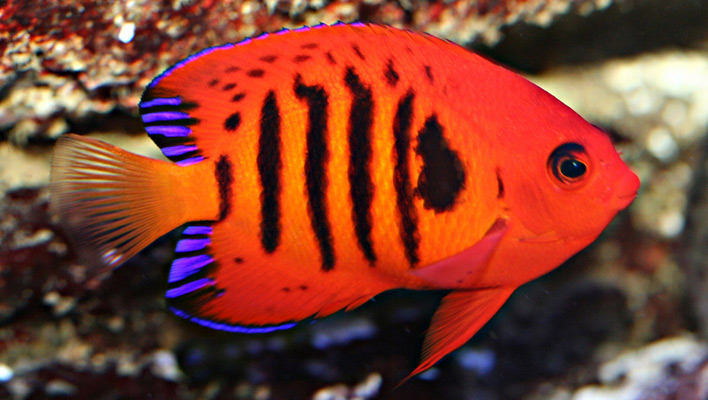As was discussed in Part 1 the cost of getting into the hobby, equipment-wise was surprisingly not as expensive as I had thought. This was the case even when some of the best equipment was being used. Even when inflation was accounted for, it was only approximately 4% more than just from inflation alone compared to 1993. As was noted, this did not include livestock. In this article, I hope to look at the livestock end of the hobby and see how it compares with the cost in 1993.
In this regard, I am certain that the cost of livestock is significantly higher than it was 30 years ago even when inflation is accounted for. As with equipment, I just went back to magazines in 1993 and got the prices for fish, coral, live rock, and live sand and added in inflation which was 212% over the thirty years, and compared it with the cost today. The prices used for today’s prices are the average prices found online. No discounts, sales, or other discounts were included in determining the prices. I attempted to find comparable sizes and colors so that the comparisons would be as equivalent as possible. I had no preconceived notion and I tried to find an average price for each item.
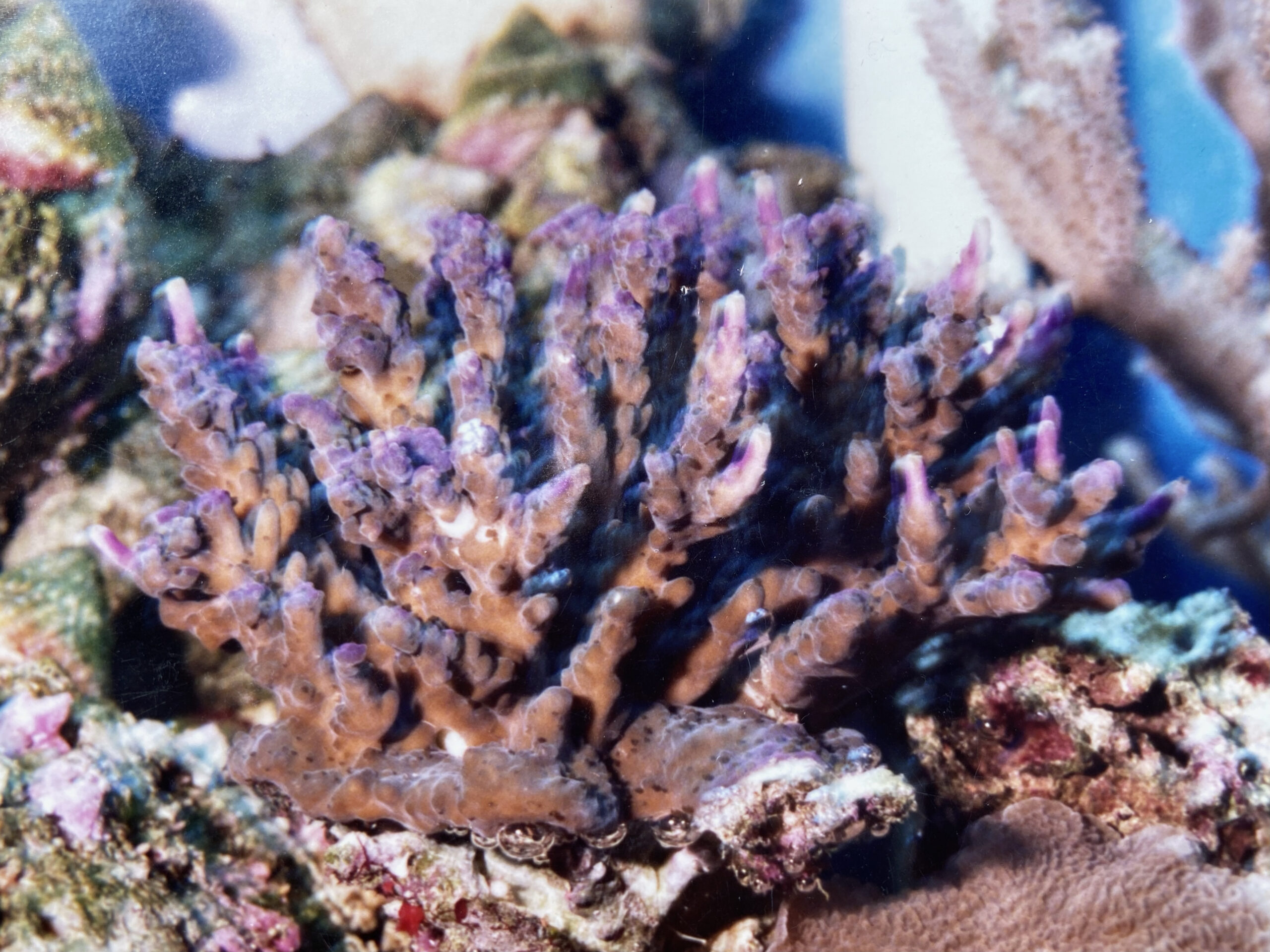
In addition to simply looking at the prices of the live material that goes into our tanks, I also hope to address some of the reasons why this might be the case, as well as some of the differences between then and now. It should also be noted that just as the equipment we now use is superior to the equipment that was widely used then, some of the corals and other animals might also be considered superior to some of the animals we filled our tanks with then.
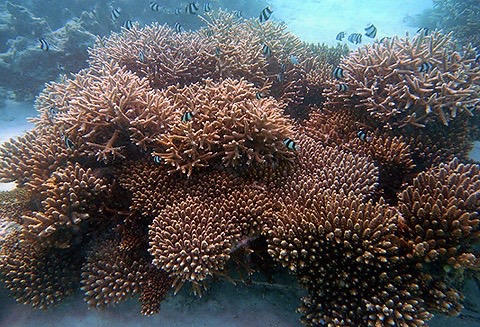
For example, since the major light source then was metal halides most of the corals were only brown or beige in color. This is especially true for Acropora and Chalice corals. Compare this with today, when almost every coral we keep is now brilliantly colored. So, in this regard, corals are “better”, i.e. more colorful, than they were thirty years ago. Before looking into why livestock costs more let’s look at the price comparison starting first with 20 fish commonly kept in reef tanks.
| Animal | 1993 Price ($) | Inflation Price ($) | 2023 Price ($) |
| Percula Clowns(wild) | 14 | 30 | 85 |
| Yellow Tang | 13 | 28 | 165 |
| Powder Blue Tang | 30 | 63 | 129 |
| Orange Anthias | 11 | 23 | 40 |
| Flame Hawkfish | 29 | 62 | 81 |
| Watchman Goby | 23 | 48 | 22 |
| Flame Angel | 39 | 83 | 110 |
| Coral Beauty | 13 | 28 | 42 |
| Ocellaris Clown(wild) | 6 | 13 | 30 |
| Firefish | 7 | 16 | 28 |
| Scooter Blenny | 13 | 28 | 24 |
| Mandarin | 9 | 19 | 28 |
| Blue Face Angel | 90 | 191 | 195 |
| Emperor Angel | 120 | 254 | 170 |
| Maroon Clown | 8 | 16 | 50 |
| Green Chromis | 2 | 4 | 8 |
| Royal Gramma | 8 | 17 | 33 |
| Purple Tang | 75 | 159 | 189 |
| Square Block Anthias | 25 | 53 | 49 |
| Bicolor Blenny | 8 | 16 | 35 |
| Totals | 543 | 1,151 | 1,413 |
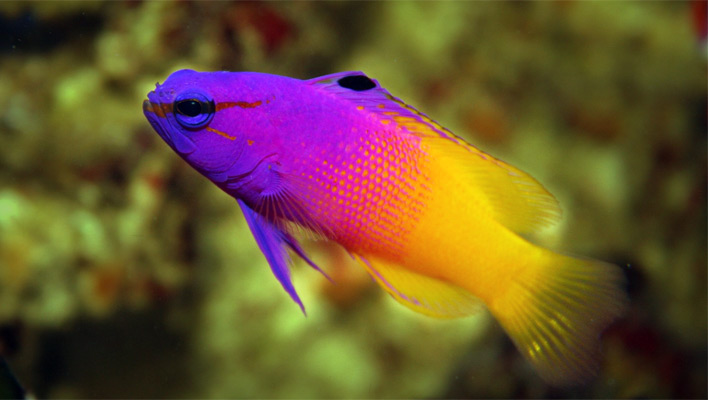
Needless to say, the cost of purchasing fish has increased significantly, even beyond inflation, and is 2.6 times greater than it was in 1993 and well above what it should be just for inflation which was a 2.12 rate over that time. And it would be even higher if not for some of the more expensive fish in 1993, Blue Face and Emperor Angels, not increasing that much in price over that time. Possible reasons as to why this increase has been so great will be examined below after the price of non-fish livestock is looked at.
| Animal | 1993 Price ($) | Inflation Price ($) | 2023 Price ($) |
| Coral Banded Shrimp | 4 | 9 | 21 |
| Turbo Snail | .5 | 1 | 3 |
| Live Rock FL /lb | 2 | 4 | 9 |
| Indo Live Rock/lb | 5.50 | 12 | 24 |
| Live Sand/lb | 1.25 | 2.65 | 1.25 |
| Acropora Fist-sized | 75 | 159 | 259 |
| 3/4″ frag | 25 | 53 | 75 |
| Goniopora | 25 | 53 | 149 |
| Elegance | 40 | 85 | 140 |
| Wall Hammer | 25 | 53 | 129 |
| Torch | 39 | 83 | 159 |
| Trachyphyllia | 27 | 57 | 90 |
| Bubble Coral | 27 | 57 | 120 |
| Bubble Tip Anemone | 24 | 51 | 79 |
| Total | 419.75 | 890 | 1,258 |
While the cost for fish has increased significantly more than the rate of inflation the cost for corals and other invertebrate livestock is at an even greater rate with it increasing nearly 300% over the same time frame. There have been a lot of factors that have contributed to this and I am confident that they have combined to produce this increase. The first of these is due to simple economics.
In 1993 there were significantly fewer hobbyists keeping reef tanks than there are now. Some estimates that I have gotten from various sources thought that there may have been only 10,000 or so reefkeepers back then. Corals were for the most part not as colorful as today, husbandry was not nearly where it is now, and the hobby was still relatively expensive, so for these reasons that seems like a reasonable number. Compare that with today, where some estimates have the number of reefkeeping hobbyists at over a million.
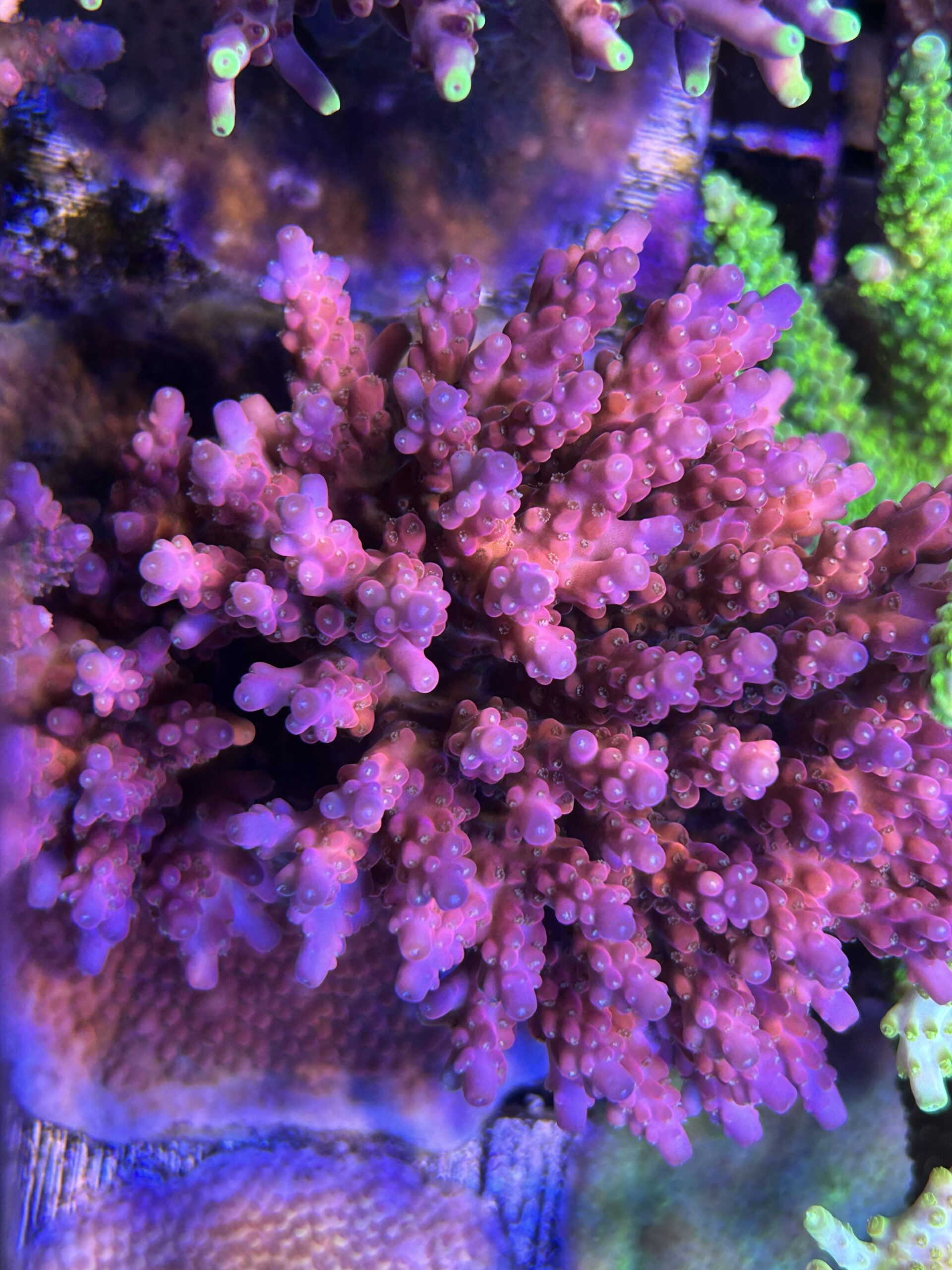
For this reason alone, demand for corals, fish, and other livestock is significantly greater than it was thirty years ago and this undoubtedly has led to higher prices. This is simple as now demand far exceeds supply and this always leads to higher prices. The supply has also been further cut by countries reducing or cutting completely their export of marine fish and corals. Hawaii has a total ban on fish and Fiji has banned the export of coral and live rock and Indonesia had a ban in place for several years. Having these countries reduce the supply of marine organisms has further diminished supply resulting in even higher prices than would be the case if these places were still allowing exports.
Just as supply has gone down, the cost of shipping has skyrocketed. During COVID some of the prices for freight quadrupled which also significantly increased the price of marine organisms, most of which are shipped via the airlines. Before COVID the general expectation for shipping was that if a fish or coral cost X amount from the supplier the expectation was that the price of freight would double the cost of landing it. Now since COVID, the price can be four times the cost or higher. While it has come down some, the freight price is still not at pre-pandemic levels.
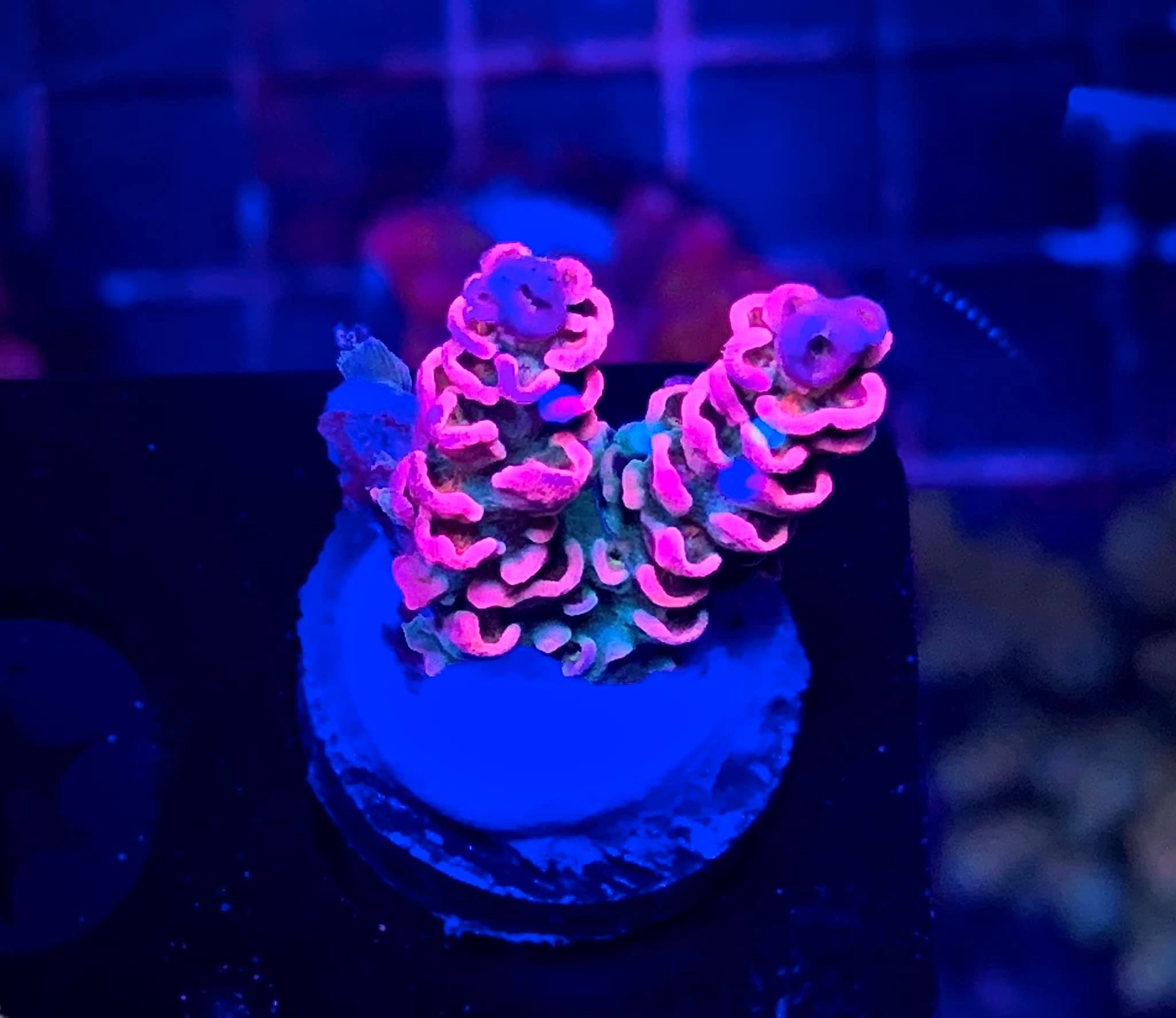
These two reasons alone are good enough to explain the increase, but there is more. Over the past ten-plus years the corals we keep are significantly better colored than most of their wild counterparts, because of this, companies and individuals began naming the corals, initially to identify them, but later for marketing purposes. (I will discuss the name game in a future article). This was done recently as no one felt the need to name a brown coral to differentiate it.
In the 90’s we knew corals as A. loripes or tenuis and not multi-dimensional rainbow somethings. Providing names has been very successful as now virtually every coral has a name. With this marketing, demand increased for the most beautiful corals and with it their price. Corals like chalices and Acroporas that used to sell for less than $100 a colony now often cost just that for a frag. Needless to say, these prices and this demand were not lost on the suppliers of these corals in Indonesia and Australia, they have the internet too.
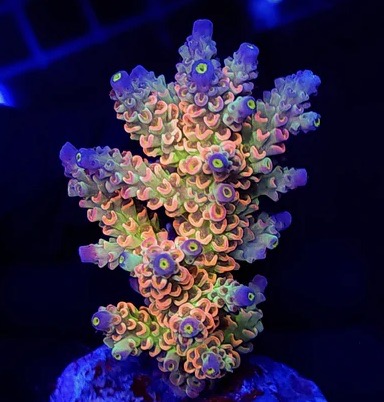
As a result of their seeing the price that some of their corals were fetching they felt that their prices were too low so many of them increased their prices. So when prices at the source increase, the price at each step along the chain also increases and this has also led to the increased prices we are now seeing.
But not all corals, actually significantly fewer than in times past, are coming in from the wild as many now are being aquacultured. Since these are not coming in from the wild, but are still expensive, this makes one think that greed is the driving force on why many aquacultured corals are so expensive. I do not think it is greed, as I have not seen any coral farmers driving a Ferrari or having a private jet. Having been to many of the aquaculturing facilities over the years, both garage and large-scale, I am fairly confident in saying that it takes not only hard work but also time, space, and money as well as a bit of luck to be able to grow the nicest colorful corals with any kind of consistency.
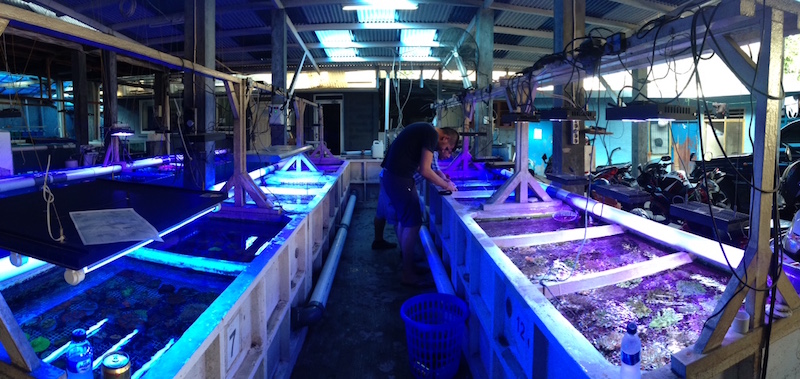
And as with just about everything in this hobby demand for the most colorful corals, most of which are unique or rare which makes them in high demand, all lead to this demand far exceeding their supply and this leads to higher prices too. Having all of these colorful corals available has on one hand increased the number of people who want to get into the hobby, but at the same time, this increased demand has helped produce higher prices.
Keeping corals alive is an amazing hobby and has never been an inexpensive endeavor. As we have improved our husbandry to the point where we can not only keep but also potentially breed virtually any marine organism we encounter more and more individuals have been drawn into the hobby. While this has significantly increased the number of people in the hobby it has also increased demand for all of the beautiful reef inhabitants we love to keep. However, unlike protein skimmers or tanks or lights, where demand increases new suppliers can pop up or factories can increase production so that prices do not skyrocket, this is not the case with livestock where there is a finite supply.
While we are now starting to breed some of the most popular fish and can frag many of the most desirable corals these are not quite to the point where they can totally replace wild stocks at a reasonable price. Until this happens the rate of inflation for livestock will continue to increase faster than the rate of inflation for most other things. Until supply exceeds or at least meets demand this will be the case. Hopefully, over time our ability to accomplish this will help normalize this rate and will allow even more individuals to enter the hobby.
Have your say
What are your thoughts on modern fish and coral pricing? Have your say over on the Reef Builders Facebook page, and join the conversion.


